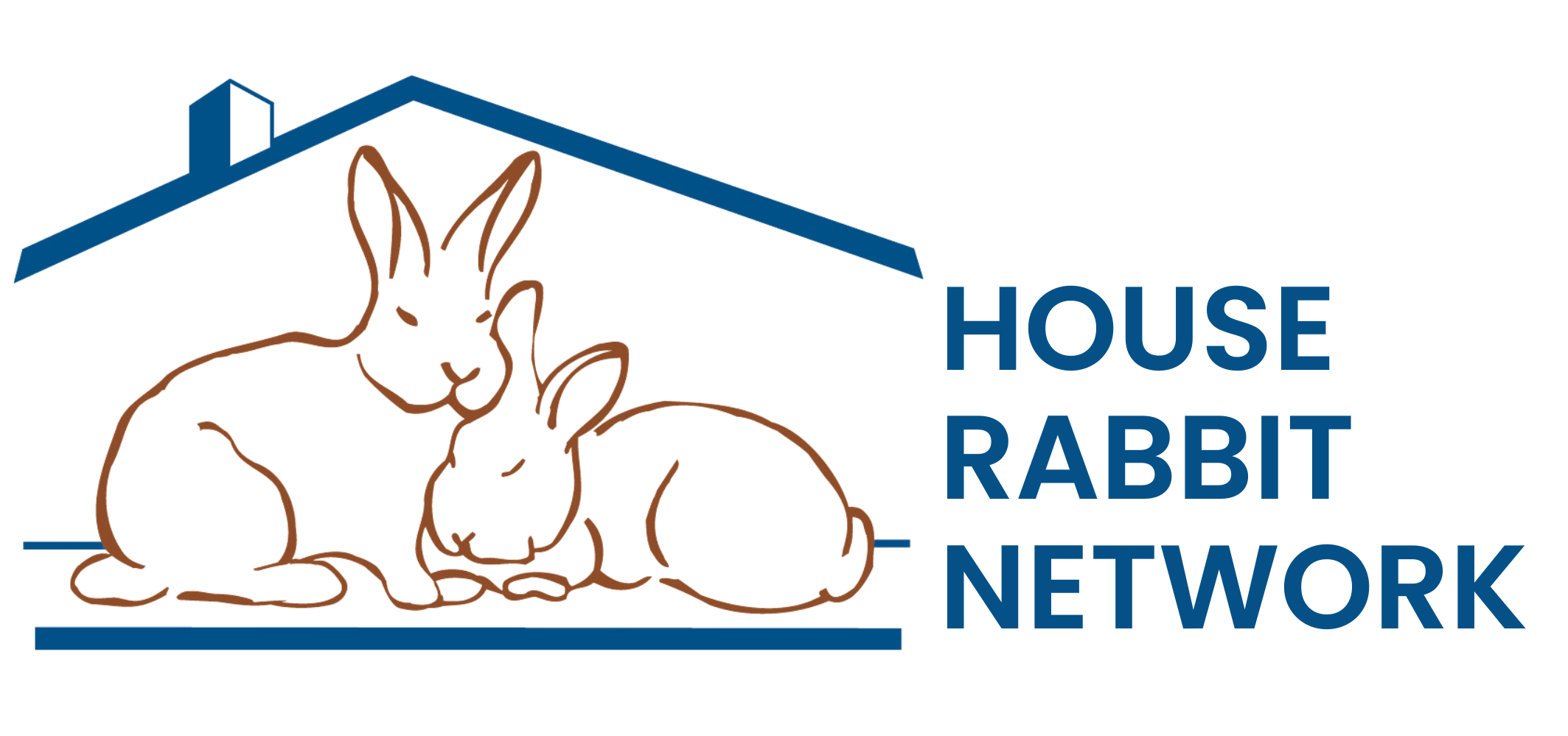What’s Your Poo Telling You?: Lagomorph Edition
By Betsy Hartman
Anish Sheth’s and Josh Richman’s book What’s Your Poo Telling You? offers a guide to what we humans can learn about our health from the character of our stool. But to the rabbit enthusiast, human feces are not nearly as fascinating, nor celebrated, as rabbit poop! Not many species produce two kinds of poo, and when our buns have been ill, we exclaim over their meager production as if they’d lain golden eggs. A casual survey of house rabbit Facebook groups and websites reveals that many bun owners, while familiar with the basics, still have questions about the deposits their rabbits leave in the litterbox (or outside of it).
Rabbits are hindgut fermenters, which means that microbes in the large intestine and the cecum digest cellulose (plant starch) for the animal. The animal derives volatile fatty acids as products of the breakdown of cellulose by the bacteria, and the bacteria themselves provide protein. One could even say that you’re not feeding your rabbit so much as you’re feeding the microbes that inhabit your rabbit! The composition of rabbit gut flora is poorly understood, but we do know that it’s extremely sensitive to even small changes. Without normal gut flora, a bun cannot go about its business of eating and pooping. Pathological changes are often first noticeable to the rabbit owner as a change in the bun’s carefully monitored and scrutinized poop. So, without further ado, what is your rabbit’s poo telling you?
Size
Depending on the size and diet of the bun, fecal pellets, affectionately referred to by many as “Cocoa Puffs,” could be smaller than a pea to as large as a marble.
Color
Color should be pale brown to almost black.
Consistency
Fecal pellets should be firm but soft when first produced, and quickly become harder but still easily crushed. Cocoa Puffs should be dry, not sticky, and should appear like they are full of hay and other fiber when smashed and examined. Rabbits that are on a more dry diet, like mainly pellets and hay, will produce lighter brown droppings, big in size and full of visible fiber / chewed pieces of hay. When a rabbit is on a more wet diet, including fresh vegetables, the droppings become darker and smaller in size, and it becomes very difficult to see pieces of hay/fiber (which does not mean there is none inside; it’s just that fiber from fresh plants is different from pieces of chewed hay). Cecotropes, cecotrophs, or cecal pellets – These soft, shiny clusters, which are also generated by buns, are made up of individual “Raisinettes,” smaller than normal fecal pellets. Produced in the cecum and full of bacteria and fungi needed by the rabbit in its upper GI tract, the cecals are regularly produced and eaten by the bun. You may not notice these droppings, since the rabbit will usually eat them directly from the anus. Seeing cecals in your bun’s habitat infrequently is not a concern, but the overproduction and/or non-ingestion of cecotrophs can be a sign of a problem. Obese, arthritic, or disabled rabbits often can’t reach down to snag fresh cecotrophs, and the soft poo can end up sticking in the fur on their bottoms. Uneaten, often smashed, cecotrophs, whether on the cage floor or on the fur of your bun’s bum, should not be mistaken for true diarrhea, which is a medical emergency!
Frequency
Constant! Even small buns produce dozens of poops every day. You should be sure to clean your buns’ litterboxes every day and keep an eye on what they’re producing. This is an important part of monitoring their health and making sure that they’re eating and eliminating properly.
Problems
Fecal pellets that are consistently smaller than normal, wetter than normal, or strung together with hair, fiber, or copious mucus can all be signs of digestive problems. Small, dry pellets might mean your rabbit isn’t drinking enough or getting enough fiber. Make sure that he or she has a constant supply of hay and plentiful fresh, clean water. Decreasing size and/or quantity of fecal pellets can signal the onset of GI stasis.
